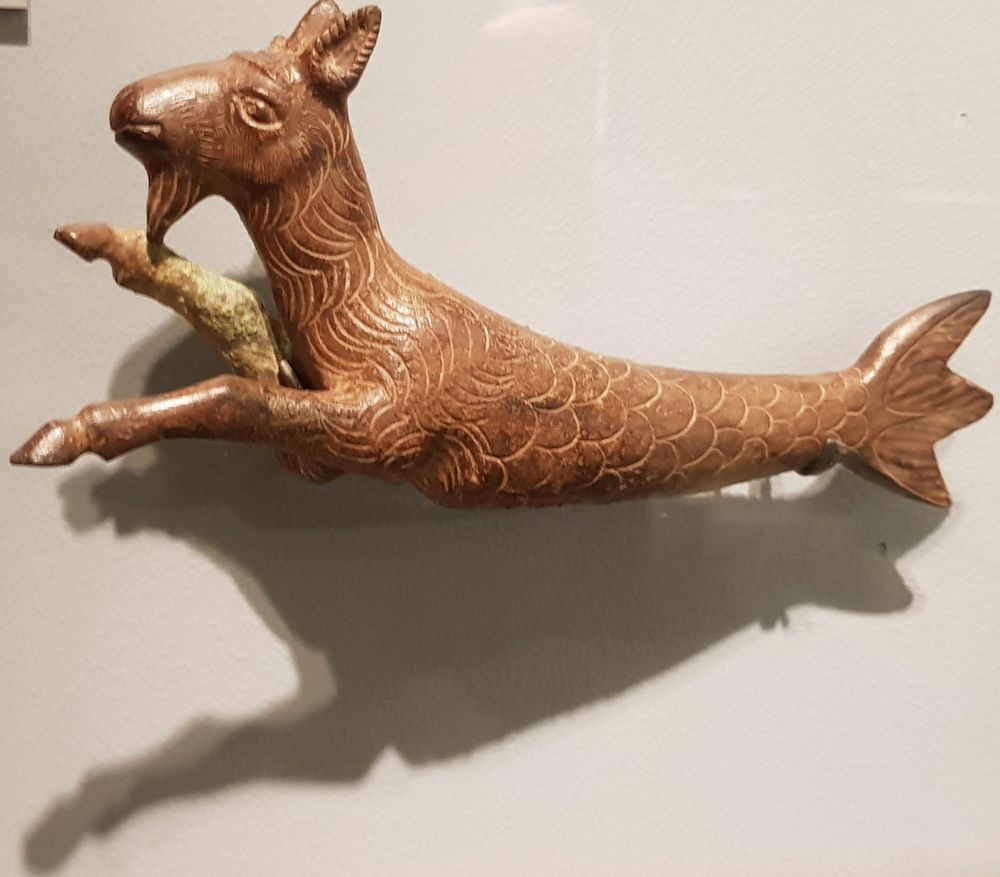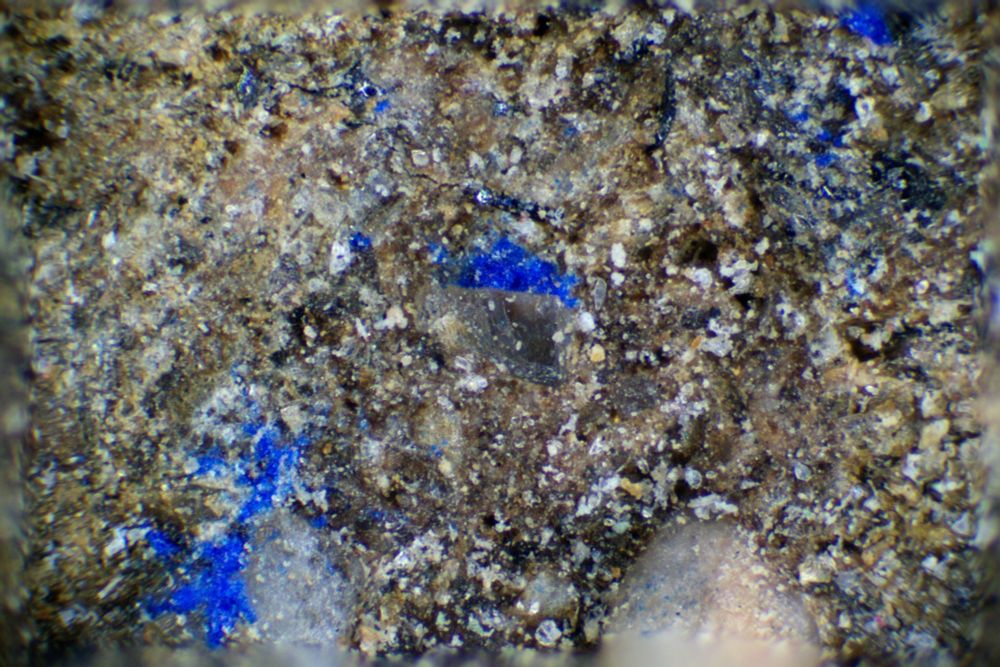Luc Amkreutz
@prehistoryrmo.bsky.social
3K followers
460 following
160 posts
Archaeologist; Curator Prehistory at RMO; Professor of Public Archaeology Leiden University; Limburg
Posts
Media
Videos
Starter Packs
Reposted by Luc Amkreutz
Reposted by Luc Amkreutz
Reposted by Luc Amkreutz
Reposted by Luc Amkreutz
Reposted by Luc Amkreutz
Reposted by Luc Amkreutz
Reposted by Luc Amkreutz
Reposted by Luc Amkreutz
Reposted by Luc Amkreutz
Reposted by Luc Amkreutz
Reposted by Luc Amkreutz
Reposted by Luc Amkreutz
Reposted by Luc Amkreutz
Reposted by Luc Amkreutz
Reposted by Luc Amkreutz


























